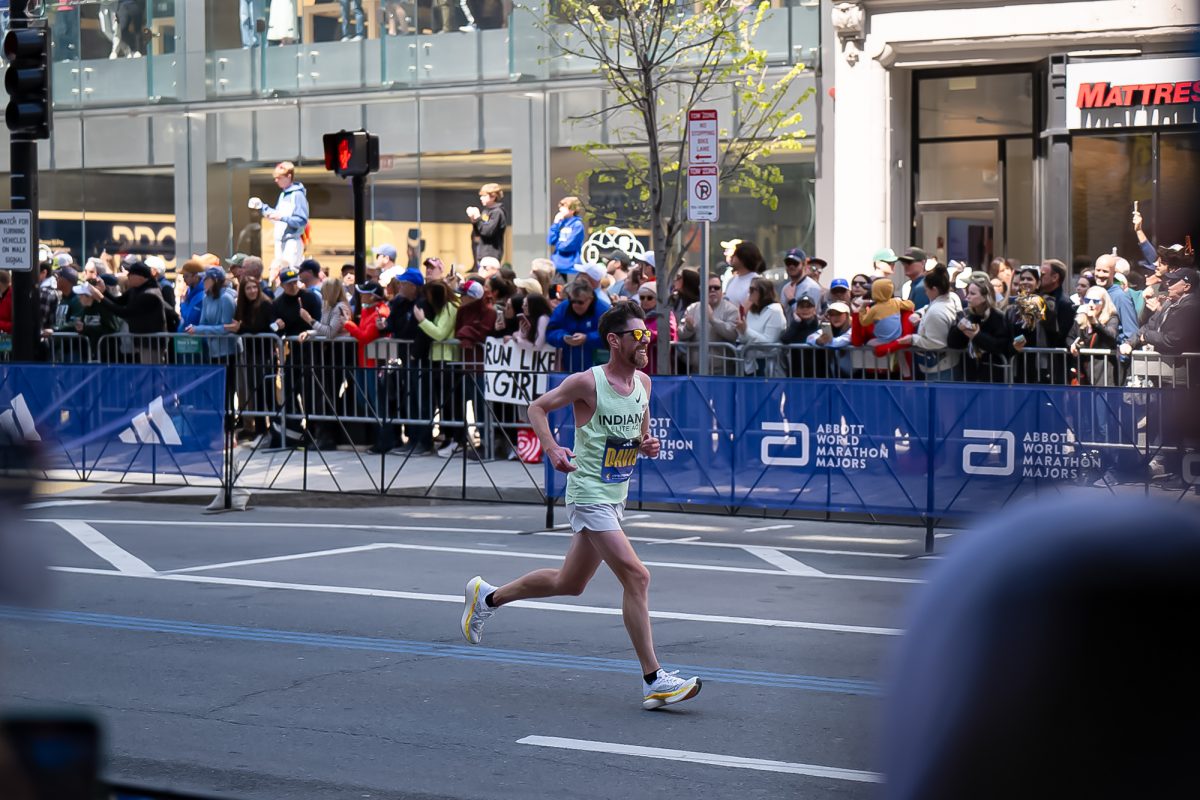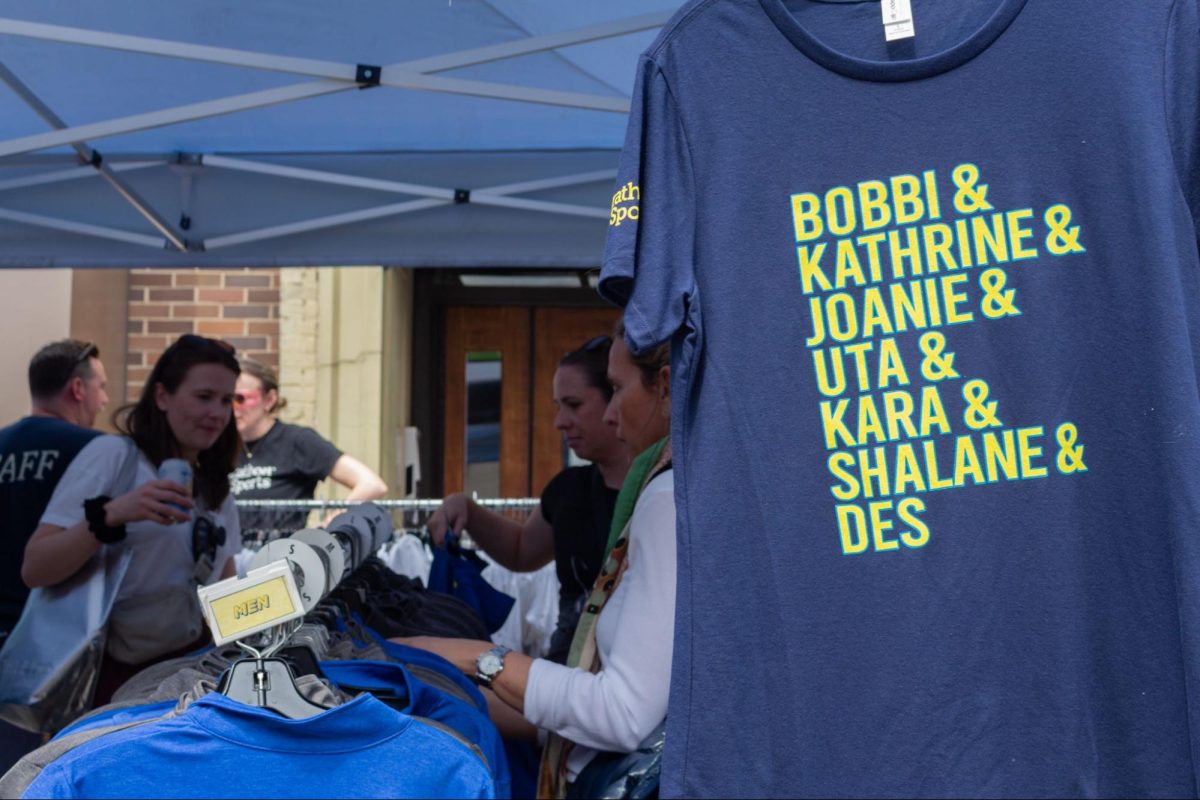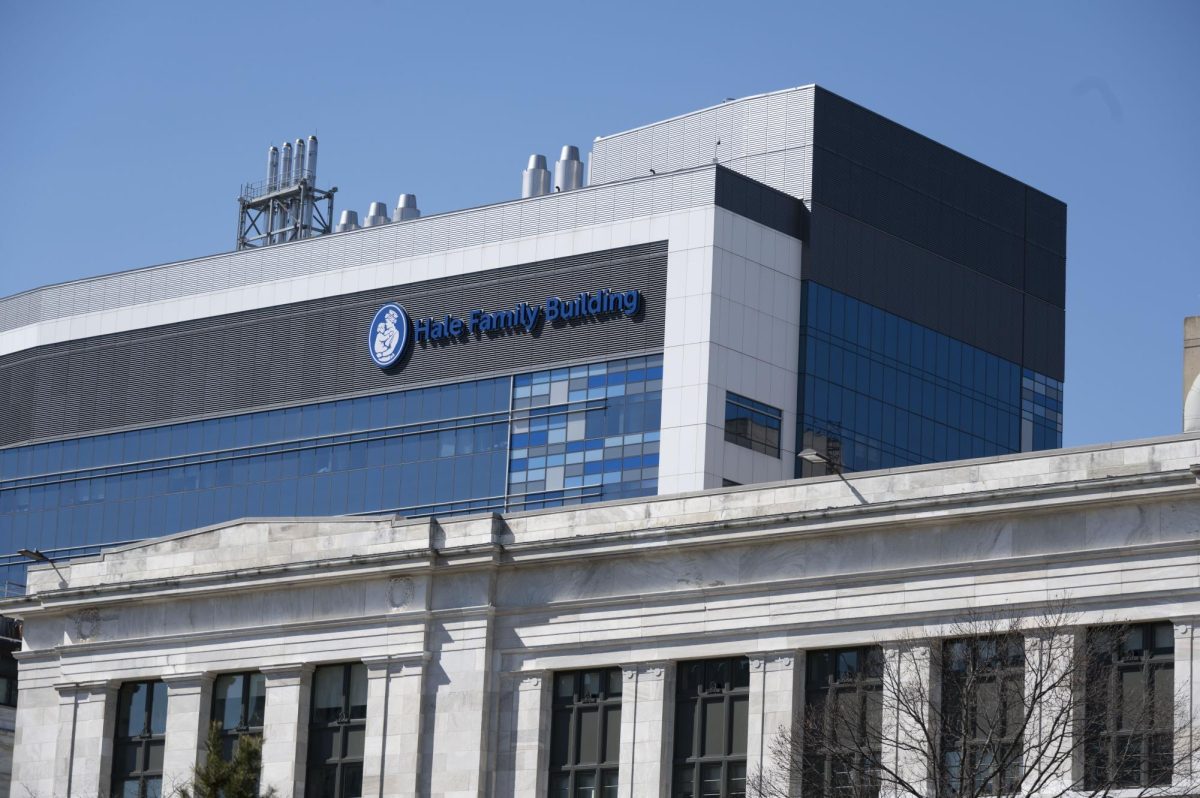By Gwen Schanker, News Correspondent

Though Boston is renowned for its shops, restaurants and resources, one thing the illustrious city has lacked until now is the presence of a year-round, indoor public market where local vendors can sell their fresh products.
That’s all going to change when the Boston Public Market opens at 136 Blackstone St in 2015.
The site, called Parcel 7, is positioned between Boston’s financial district and North Station, with direct access to the Haymarket T stop. The building is located alongside the Rose Fitzgerald Kennedy Greenway, where around 15 vendors will begin selling their goods in an outdoor plaza this spring.
The actual, permanent indoor facility, however, is scheduled to open in 2015 and will cover 28,000 square feet. The market will feature about 40 vendors who will sell a variety of nutritious, affordable foods. Non-edible goods, such as books and candles, will also be sold.
Megan Gibbons, market manager for the Boston Public Market Association (BPMA), said in an email to The News that the new facility would be a “permanent, year-round, self-sustaining market that provides local, healthy food to consumers from all income levels.”
Gibbons said that the market would also benefit “farmers, fishermen and specialty food producers in Massachusetts and throughout New England” by allowing them to sell their products in “a vibrant Boston marketplace with high visibility, foot traffic and a growing residential, professional and tourist customer base.”
The BPMA is a not-for-profit organization that was first formed in 2001. In addition to the future indoor market, the organization also operates two seasonal farmers markets each year, which are open May through November.
The BPMA also participates in Boston’s Bounty Buck program, which allows the city’s residents to shop at local farmers’ markets by matching funds dollar-for-dollar for citizens with Electronic Benefit Transfer (EBT) cards.
“We seek to establish a civic institution in Boston that will support the local economy while providing fresh, healthy food options and educational opportunities to the community,” Gibbons said on behalf of the organization itself.
The concept of a centrally located, 12-month marketplace has been in the works for years, but progress has stalled to the logistical difficulties of renovating a state-owned building.
Since the Commonwealth accepted their proposal in 2012, the BPMA has acted as the developer and operator of the Boston Public Market. The organization has raised more than $4 million in funds in order to help build the space. They have also finalized a lease for the Parcel 7 building with the Massachusetts Department of Transportation (MassDOT), which is pending approval. Additionally, the group has created a trendy new website, hired CEO Elizabeth Morningstar and commissioned local architecture firm Architerra to design the market layout.
According to the BPMA’s proposal, Boston is located “in the heart of a remarkable food-producing region.” However, up until now, very little of the food eaten in New England has actually been grown there. In their proposal, the BPMA promised that the market would serve as “a national model for eating well, enhancing public health and promoting regional food sustainability.”
The BPMA is still working to raise funds for construction and operation, but the market is definitely on its way. In January, Boston.com released a GIF tour showing what the facility would look like. The map includes space for a demonstration kitchen, as well as areas for customers to sit down and enjoy their purchases.
Gibbons said the resources at the Boston Public Market will help “educate the public about food sources, nutrition and preparation” in a way that “enriches our community.” In that way, the market will benefit all of the city’s residents, whether they are customers, vendors or just all-around food lovers.








